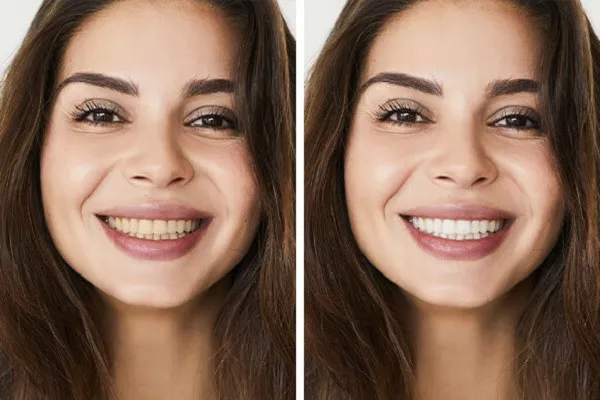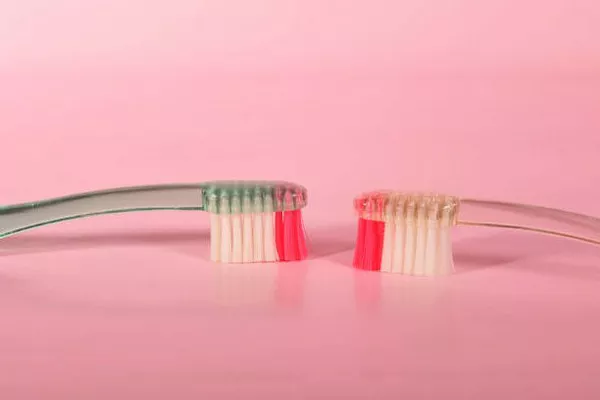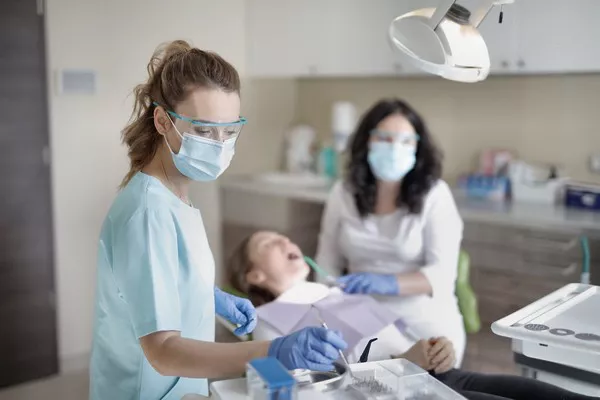Brushing and flossing are ways to keep your teeth white and healthy in your daily life.
But if you think your teeth are less shiny or yellower than they used to be, you’re probably not alone.
When the American Academy of Cosmetic Dentistry asked people what they would most like to do to improve their smiles, whiter teeth were the most common answer.
The American Association of Orthodontists has also found that nearly 90 percent of patients request tooth whitening.
Want to whiten your teeth?
We need to get the facts straight first.
Here are five of the most common questions about the tooth whitening process.
Why do teeth change color?
There are a number of reasons teeth can go from white to less bright white over time: food and drinks coffee, tea, and red wine are the culprits behind some tooth staining.
What do these drinks have in common?
They contain strong pigments called pigments that attach to the white part of the tooth (enamel).
Smoking Two chemicals found in tobacco can form tough stains: tar and nicotine.
Tar is naturally black;
Nicotine itself is colorless, but when mixed with oxygen, it turns pale yellow and stains the surface.
Age Below the hard white outer layer (enamel) of a tooth is a softer area called dentin.
Over time, the outer enamel layer becomes thinner due to brushing, and more yellowish dentin comes through.
If the mouth has been hit, the teeth may change color.
Because the body responds to damage by forming more dentin, the dentin layer is yellower than enamel.
Darkening teeth can also be a side effect of certain antihistamines, antipsychotics and hypertension medications.
Infants with developing teeth who are exposed (either in the womb or as infants) to antibiotics such as tetracycline and doxycycline may discolor their permanent teeth later in life.
Chemotherapy and radiation to the head and neck can also darken teeth.
How does tooth whitening work?
Tooth whitening is a very simple process.
Whitening products typically contain one of two types of tooth bleach (hydrogen peroxide or carbamide peroxide).
The bleach breaks down the stain into smaller pieces, which reduces pigment buildup and brightens teeth.
Does bleaching work on all teeth?
The answer is no.
Bleach doesn’t correct all types of discoloration, which is why it’s important to talk to your dentist before deciding to whiten your teeth.
For example, bleaching works well for yellow teeth, but may not work as well for brown teeth, and may not work at all for gray-toned teeth.
In addition, bleach does not work on veneers, crowns or backfill;
It also doesn’t help tooth discoloration caused by drugs or dental trauma.
What are the options for tooth whitening?
Talk to your dentist before you start whitening.
If whitening is available, there are three ways to bring back the shine: Whitening toothpastes All toothpastes help remove surface stains through the scrubbing effect of a gentle abrasive on the teeth.
Take care to use safe whitening toothpastes that have special chemicals or polishing substances to provide additional decontamination.
Unlike bleach, these products do not change the color of teeth, but only remove surface stains.
In-office bleaching is a procedure called chair-side bleaching and usually involves only one visit to the clinic.
The dentist will use a protective gel or rubber barrier to protect the gums and then apply bleach to the teeth.
Special light or lasers can also be used to enhance the effect of bleach.
Home whitening products that contain peroxides actually bleach tooth enamel.
The product is usually gelatinous and placed in a tray that matches one’s teeth.
At home, you can also use whitening strips that are glued to your teeth to whiten them.
The average concentration of bleach used at home is lower than that used by dentists in the office.
What side effect does tooth whitening have?
Some patients who use bleach may experience tooth sensitivity.
This is often because the peroxide in the bleach penetrates the enamel to the soft dentin layer and stimulates the nerves of the tooth.
In most cases, sensitivity is temporary.
If this happens, treatment can be delayed and then tried again.
Overuse of whitening products can also damage enamel or gums, so be sure to follow your doctor’s advice and talk to your dentist.
































